We started the day off with cappuccinos and crepes at Homeport. We road our motorcycles to Sitka National Historical Park to walk the totem pole trail. Sitka is small enough that you can park your bike and walk everywhere. We didn’t know this yet, but once discovered, we enjoyed being able to stretch out our legs. And walk/jog I did. I think while in Sitka, I put about 22 miles on the legs.
Sitka National Historical Park is the oldest national park in Alaska (set aside in 1890 to be a federal reserve). Near the main visitor center, there is a walk through a tranquil rain forest environment. Along this trail are 18 totem poles whose design originates from throughout Southeast Alaska. In addition, the fort and battle site for the 1804 battle between colonist Russians and Tlingit Indians is located here; the area is considered sacred by the Native community. We started out very slow, enjoying every pole. I walked around each pole to admire it and see how the light hits from all different angles. The rain forest added to the beauty of the poles. It took me several hours to fully enjoy the poles. We walked back to the motorcycles and I happened to run into Joel Hard, the deputy regional director, and Mary Miller, the superintendent of the park. We chatted for a bit about Sitka in general (where to visit, what to see). I bid farewell to my coworkers and we moved on.
We then went out to visit Fortress of the Bears. This was an unusual place, and ended up being more pleasant than I expected. The site is located outside of Sitka in an old water treatment plant. The tanks have been converted to cage like containers for the bears. The bears housed here are orphaned or injured to the extent that they would not survive in the wilderness. The current bears are all orphaned because the mother was killed during bear/human conflict. If the bears are too small, they won’t survive. Once the critical opportunity to teach the bears the skills they need to survive has passed, or the animals are used to human contact, they cannot be successfully reintroduced. They are destroyed instead.
Fortress of the Bears is a non-profit organization that tries to intervene and either keep the bear locally, or provide assistance in placing the bear in a zoo in the lower 48. When we came out here, I wasn’t expecting much, but it was pretty obvious the bears are happy here. They are well fed with salmon and berries, the water in the area flows naturally, and they even put live salmon in the water to allow the bears to catch them. Because the competition for food is low, the bears tend to get along with each other and be pretty playful. I have never seen zoo animals as happy as these guys were. I guess it is better than the alternative.
Once finished with the bears, we moved on to another National Historic Landmark: the Russian Bishop’s House. Authentically restored to its 1843 appearance, this landmark includes many of the original furnishings and icons. The building is one of only four surviving examples of Russian colonial architecture in North America. The construction of the joints and walls are interesting.

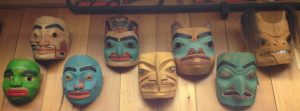
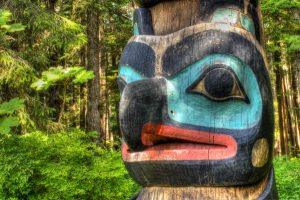
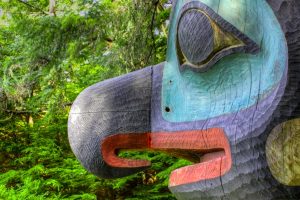
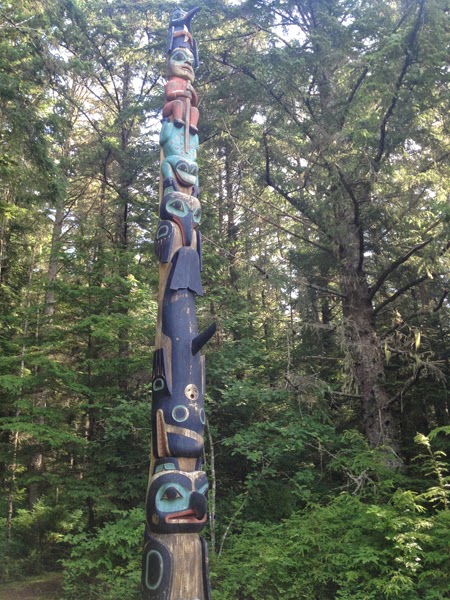
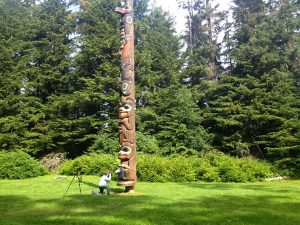
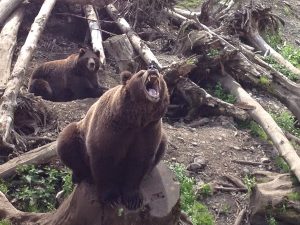
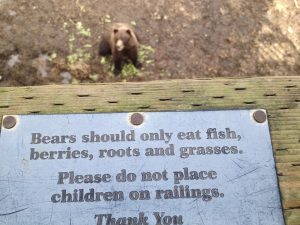
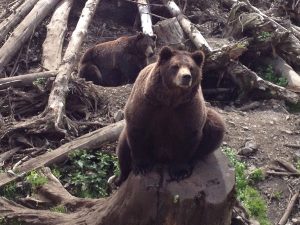
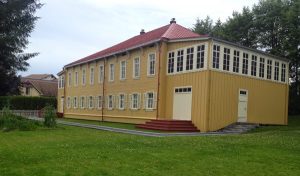
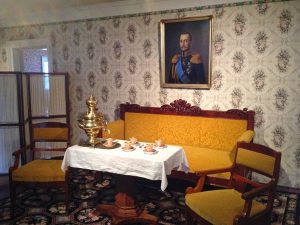
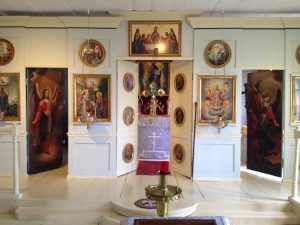
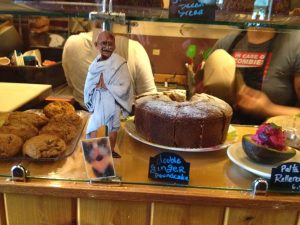
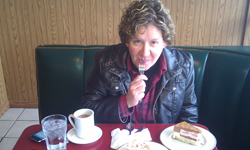
Leave a Reply